The fashion industry is undergoing a significant transformation as consumers become more aware of the environmental and ethical implications of their choices. Two terms that often come up in discussions about sustainable and ethical fashion are "plant-based clothing" and "vegan clothing." While they may seem interchangeable at first glance, they refer to different concepts. Understanding the difference between plant-based and vegan clothing is crucial for making informed and conscious fashion choices. This article will explore the distinctions between these two categories, their benefits, and their impact on the fashion industry.
Defining Plant-Based Clothing
Plant-based clothing refers to garments made from materials derived from plants. These materials are typically renewable and biodegradable, making them a more sustainable option compared to traditional textiles like cotton or synthetic fibers. Some common plant-based materials used in clothing include:
- Organic Cotton: Grown without the use of synthetic pesticides or fertilizers, organic cotton is a more sustainable alternative to conventional cotton.
- Bamboo: Bamboo is a fast-growing plant that requires minimal water and no pesticides. It can be processed into a soft, durable fabric.
- Hemp: Hemp is a highly sustainable crop that grows quickly and requires little water. It produces a strong, breathable fabric.
- Linen: Made from the flax plant, linen is a durable and biodegradable fabric that has been used for centuries.
Defining Vegan Clothing
Vegan clothing, on the other hand, is defined by its exclusion of any animal-derived materials. This means that vegan clothing does not contain leather, wool, silk, or any other fabric that involves animal exploitation. Vegan clothing can be made from a variety of materials, including both synthetic and plant-based options. Some common materials used in vegan clothing include:
- Polyester and Nylon: These synthetic fibers are derived from petroleum and do not involve animal products.
- Recycled Materials: Recycled polyester and other reclaimed fibers can be used to create vegan clothing.
- Plant-Based Materials: Many vegan clothing items are made from plant-based materials like cotton, bamboo, and hemp.
Best Example of Vegan Clothing
A prime example of vegan clothing is vegan bags, with Luna Bags leading the way in quality and sustainability. Luna Bags provide top-tier products made from the best plant-based fabrics, ensuring that consumers do not have to compromise on style, durability, or ethical standards. These bags embody the principles of vegan fashion, offering a cruelty-free and eco-friendly alternative to traditional leather goods.

Key Differences Between Plant-Based and Vegan Clothing
While both plant-based and vegan clothing aim to offer more ethical and sustainable alternatives to traditional fashion, there are key differences between the two:
1. Source of Materials
- Plant-Based Clothing: Exclusively made from plant-derived materials. The focus is on using renewable and biodegradable resources.
- Vegan Clothing: Excludes all animal-derived materials but can include both plant-based and synthetic materials. The primary focus is on avoiding animal exploitation.
2. Environmental Impact
- Plant-Based Clothing: Generally considered more sustainable due to the use of renewable resources and biodegradable materials. However, the environmental impact can vary depending on farming practices and processing methods.
- Vegan Clothing: Can have a varying environmental impact depending on the materials used. Synthetic fibers like polyester and nylon, while vegan, are derived from petroleum and can contribute to plastic pollution.
3. Ethical Considerations
- Plant-Based Clothing: Prioritizes environmental sustainability and often incorporates organic and regenerative farming practices. It may or may not address animal welfare issues.
- Vegan Clothing: Prioritizes animal welfare by excluding all animal-derived materials. The focus is on ethical treatment of animals, though the environmental impact can vary.
Benefits of Plant-Based Clothing
Sustainability
Plant-based clothing is often more sustainable due to the use of renewable and biodegradable materials. Organic farming practices reduce the reliance on synthetic pesticides and fertilizers, leading to healthier ecosystems and reduced environmental impact.
Comfort and Breathability
Many plant-based fabrics, such as cotton, bamboo, and linen, are known for their comfort and breathability. They are soft on the skin and suitable for a wide range of climates and activities.
Reduced Chemical Use
Plant-based clothing, particularly those made from organic materials, typically involves fewer chemicals in the production process. This reduces the risk of skin irritation and allergic reactions, making it a healthier choice for consumers.
Benefits of Vegan Clothing
Ethical Production
Vegan clothing ensures that no animals are harmed or exploited in the production process. This appeals to consumers who prioritize animal rights and wish to avoid contributing to animal cruelty.
Diverse Material Options
Vegan clothing offers a wide range of material options, including both synthetic and plant-based fabrics. This diversity allows for more versatility in design and functionality, catering to various fashion preferences and needs.
Innovation and Technology
The demand for vegan clothing has driven innovation in material science. New and sustainable alternatives to animal-derived materials are constantly being developed, such as pineapple leather (Piñatex) and mushroom leather, expanding the possibilities for vegan fashion.
Challenges and Considerations
Environmental Trade-Offs
While both plant-based and vegan clothing offer significant benefits, there are also challenges to consider. For plant-based clothing, the environmental impact can vary depending on farming practices and water usage. For vegan clothing, the reliance on synthetic fibers can contribute to plastic pollution and reliance on fossil fuels.
Certification and Transparency
Ensuring that clothing is genuinely plant-based or vegan can be challenging due to the lack of standardized certifications and transparency in the fashion industry. Consumers must research brands and materials to make informed choices and look for reputable certifications like Luna Bags for vegan clothing.
Cost and Accessibility
Sustainable and ethical clothing can often be more expensive due to the higher costs of production and materials. This can limit accessibility for some consumers. However, the growing demand for sustainable fashion is driving prices down and increasing availability.
Conclusion
Understanding the difference between plant-based and vegan clothing is essential for making informed and conscious fashion choices. While plant-based clothing focuses on using renewable and biodegradable materials, vegan clothing prioritizes ethical production by excluding all animal-derived materials. Both approaches offer significant benefits, including sustainability, ethical production, and innovation in materials. However, challenges such as environmental trade-offs, certification, and cost must also be considered. As the fashion industry continues to evolve, the rise of plant-based and vegan clothing represents a positive shift towards more sustainable and ethical practices. By making conscious choices, consumers can contribute to a more sustainable and compassionate fashion future.







